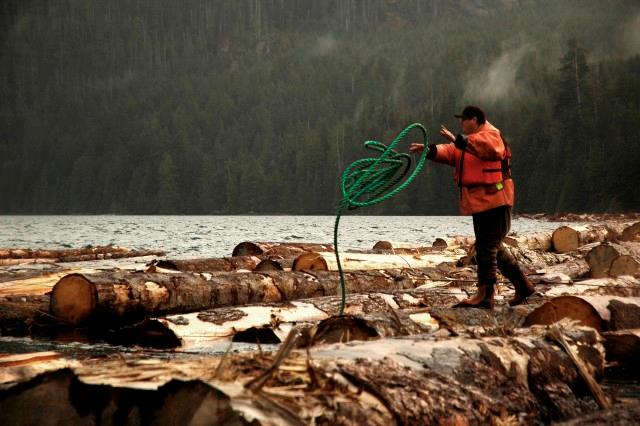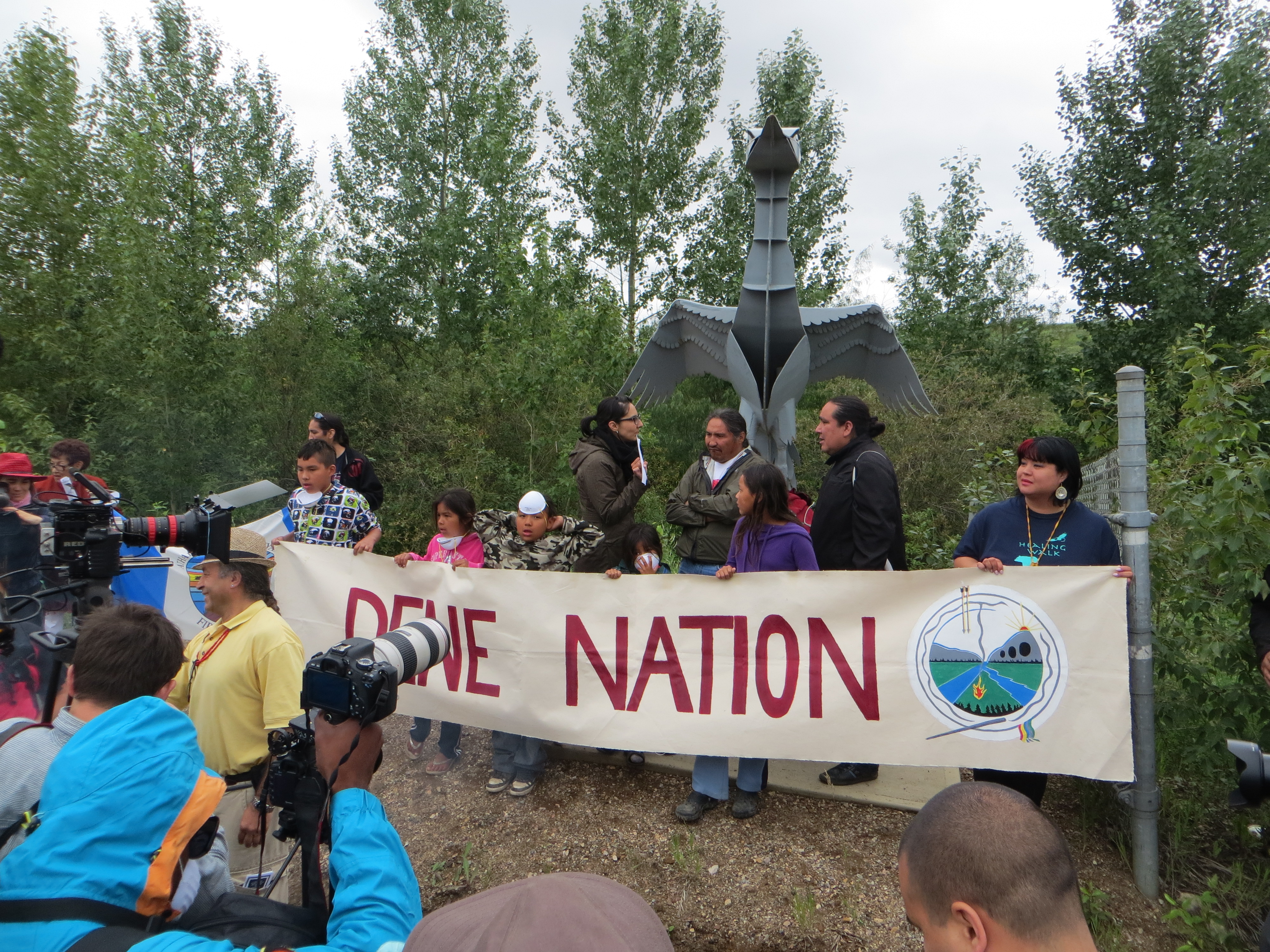Sekani are an Indigenous people from central and north-eastern British Columbia. They are also known as the Tsek'ehne, which means "people of the rocks or mountains."In the past, they consisted of several family groups or bands, each of 30-40 persons, who hunted and traded along the Finlay and Parsnip tributaries of the Peace River. Each group had a name indicating its territory, but the term Sekani applied to the people of the Parsnip-Finlay area in central and north-eastern British Columbia. Sekani and Dane-zaa are mutually intelligible dialects of a single Athapaskan language. They were first contacted by Alexander Mackenzie in 1793. In the 2021 census, 650 people claimed to be of Tse’khene (Sekani) ancestry.
Sustenance
Traditionally, Sekani sustenance was based primarily on hunting moose, caribou, mountain sheep, bears and, prior to the time they were excluded from the prairies, bison and wapiti. The Sekani caught whitefish, but salmon were inaccessible prior to their developing trade relationships with Pacific drainage First Nations. Most aspects of traditional Sekani technology, including tools, shelters and food preparation, were similar to those of other western Subarctic peoples. However, dogs were not used for tracking or packing. The Sekani made spruce-bark canoes and later copied the dugout canoes used by other First Nations; the use of toboggans was adopted only in the 20th century.
Trading Alliances
The Sekani had trading alliances with the Slavey and Dane-zaa to the east, and the Tahltan and the Dakelh to the west. Their trade goods were furs and high-quality tanned skin goods. Several bands were said to have wintered at their trade locations, often in the territory of other peoples, where salmon and bison or caribou were available. Early in the 19th century they migrated to the eastern foothills of the Rocky Mountains to avoid conflict with the Dane-zaa and Cree. Conflicts also arose with their southern neighbours into whose territory they tried to intrude.
The first trading posts at McLeod Lake were established by Simon Fraser in 1805, but the Sekani continued to obtain European goods from the coastal First Nations including the Carrier and Tsimshian. After intermarriage between these two groups, the bilateral Sekani adopted many elements of matrilineal West Coast social organization, including Clan crests and Potlatching, but the Clan system proved incompatible with their nomadic and egalitarian way of life. Anthropologist Diamond Jenness visited the region in 1924 to document some of the Sekani culture and published The Sekani Indians of British Columbia in 1937.
During the height of the Omineca gold rush in 1871, Bear Lake (Pacific drainage) became the wintering territory for some groups. Many Sekani followed fortune seekers northward to the next major gold rush in the Cassiar area and, around the turn of the century, settled at Fort Ware; other Sekani settled near Fort Grahame and Fort McLeod. They had to relocate to Ingenika and nearby Mackenzie in the 1960s when the Bennett Dam caused Fort Grahame to be flooded.
The Government of Canada negotiated Treaty 8, which recognized the Sekani, in 1899, however by the early 1900s only small numbers of Sekani had agreed to the treaty terms; in 2000 the Sekani of McLeod Lake Band had signed Treaty 8. In the 2021 census, 650 people claimed to be of Tse’khene (Sekani) ancestry.

 Share on Facebook
Share on Facebook Share on X
Share on X Share by Email
Share by Email Share on Google Classroom
Share on Google Classroom




